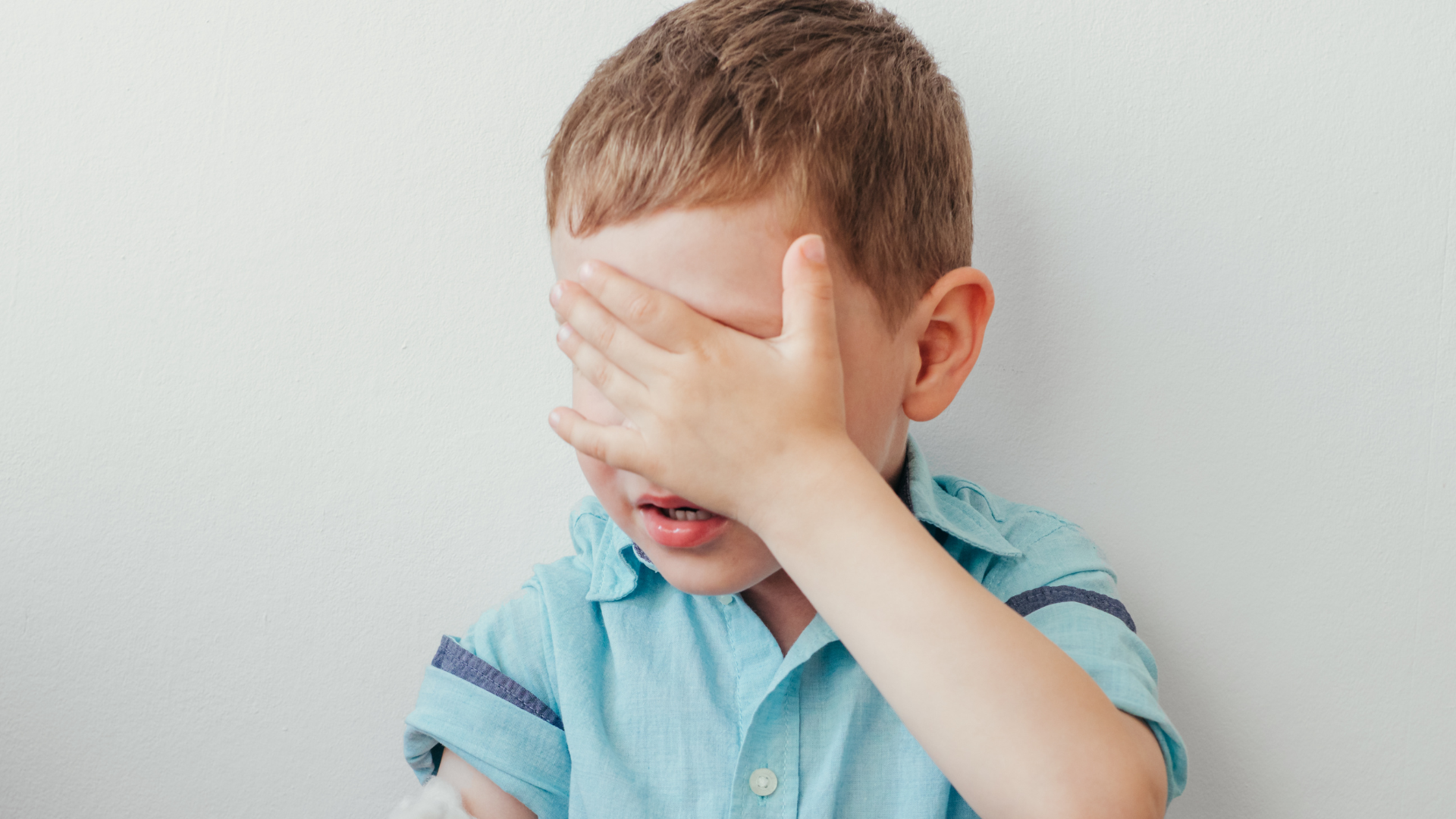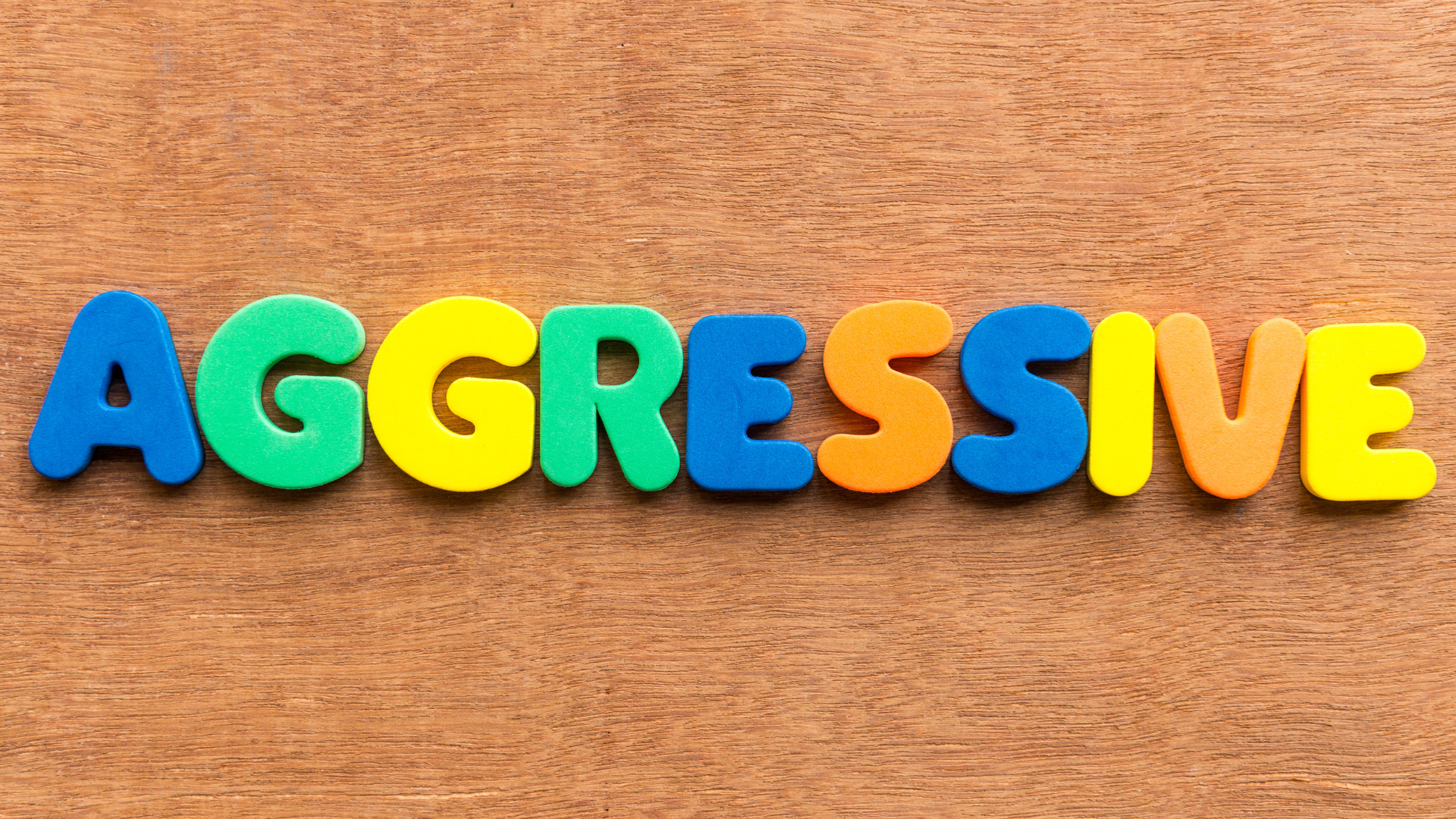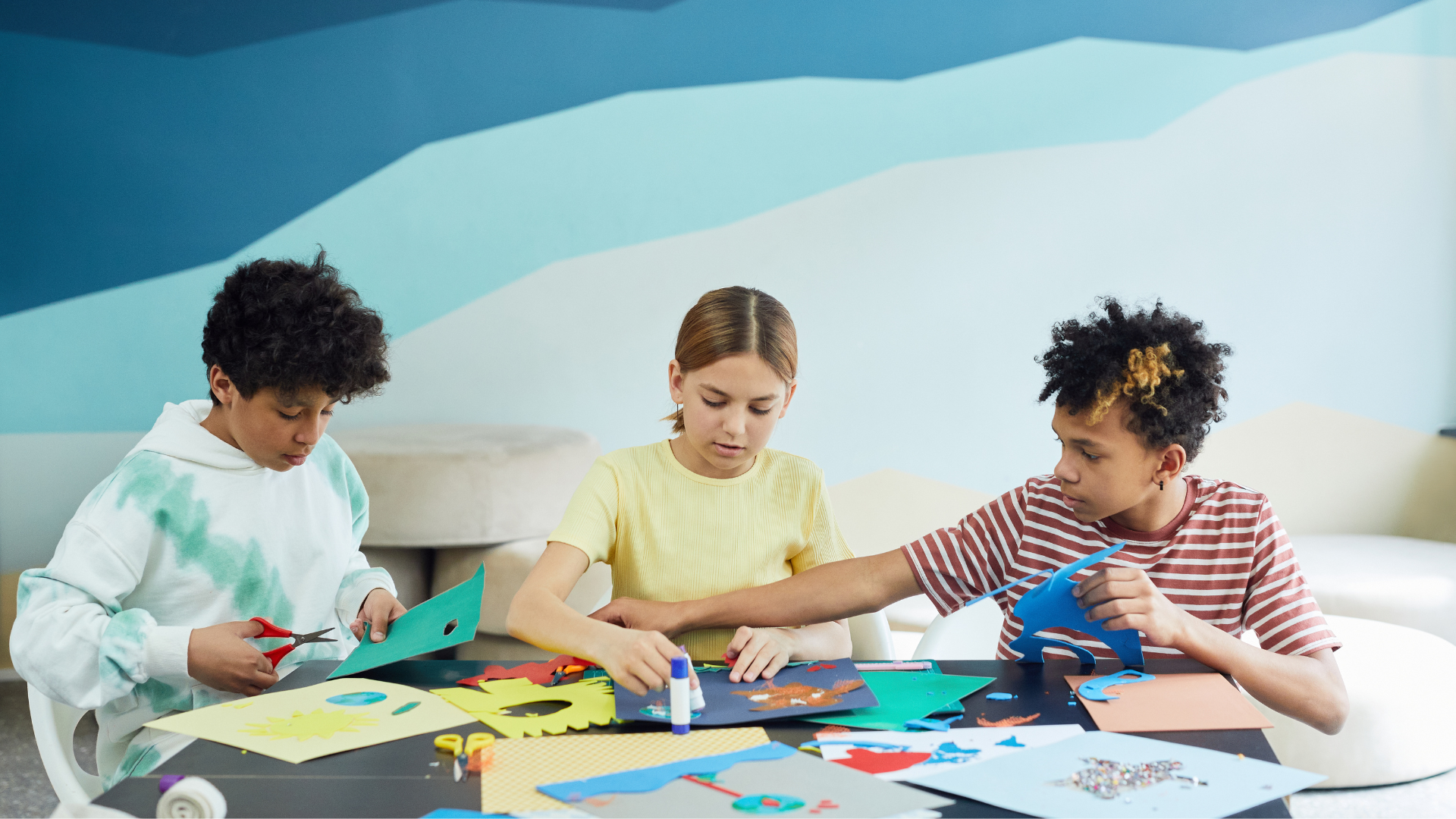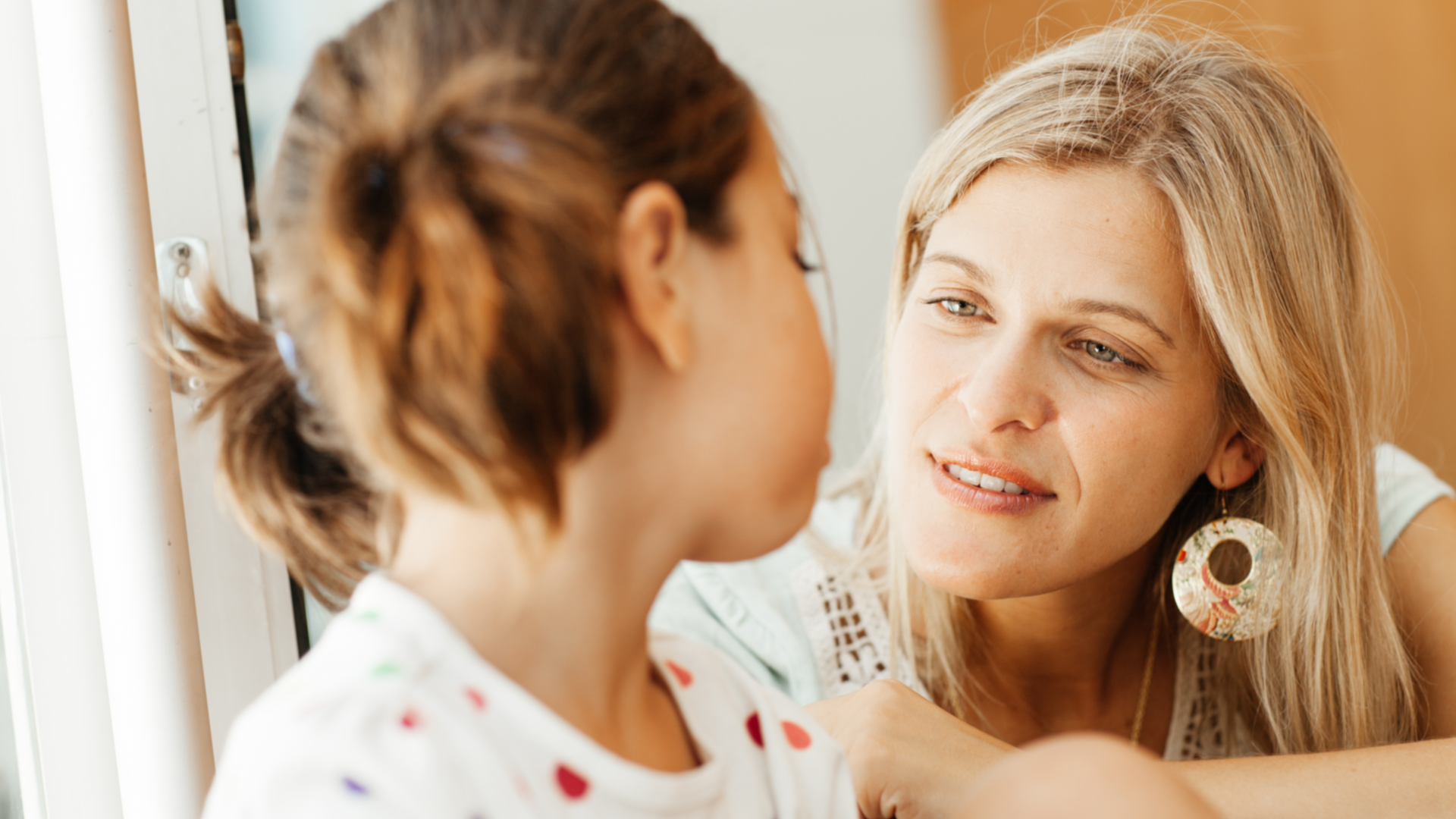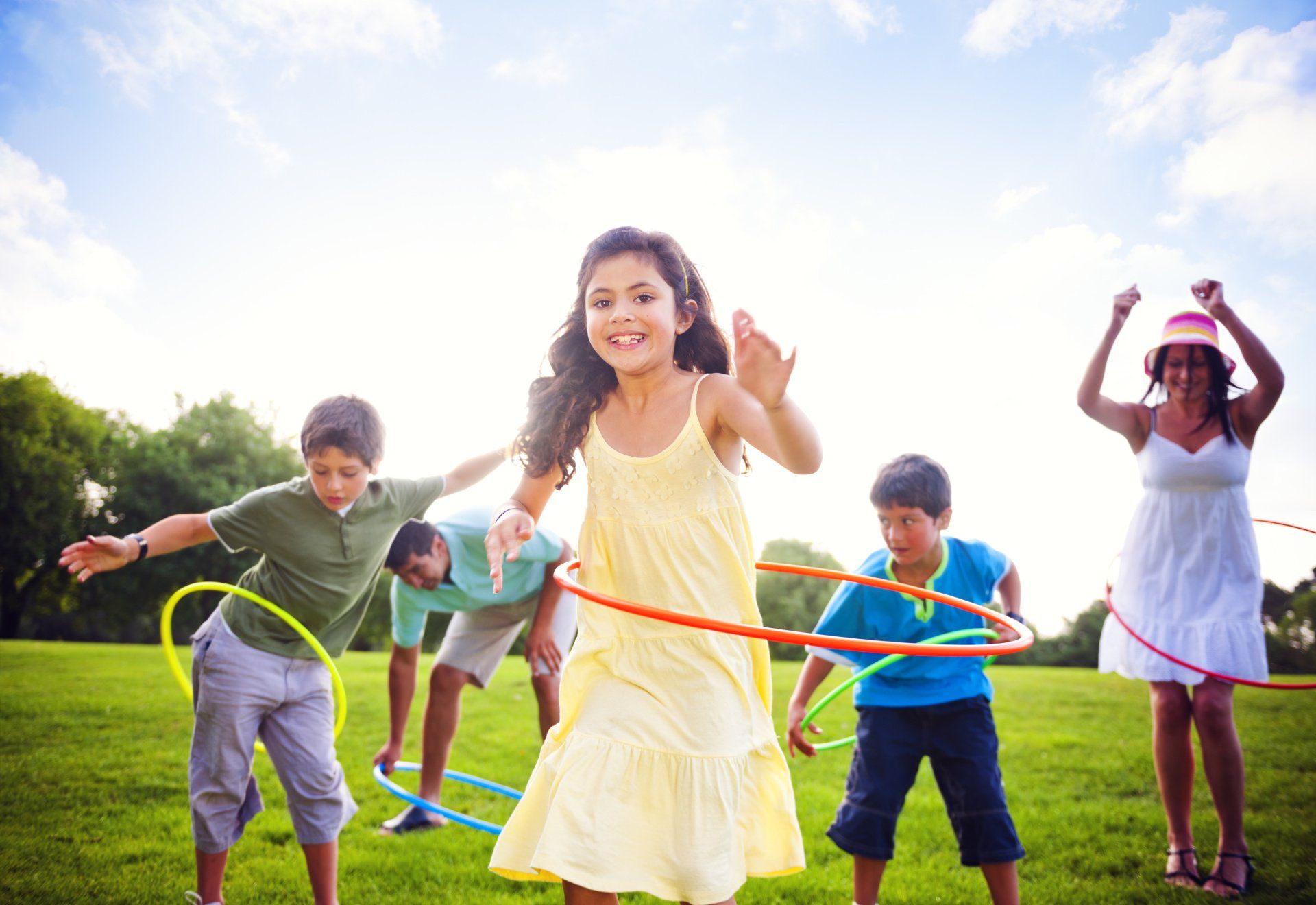How to teach your child about personal space
Teaching your children about personal space can be difficult. As with most things pertaining to emotional intelligence, the question about how big or small your personal space is, also depends a lot on your temperament.
While the people-orientated Yellow and Greens love to hug people, and do not have a problem with sitting and standing close to others, the task-orientated Reds and Blues, prefer to keep people at a distance. A toddler with a Blue temperament will not go around hugging everybody and will most probably shy away from greeting people. A child with a Yellow temperament will most probably make friends with anybody and loves to give out hugs to anybody they deem fit to have one.
As a parent it is your responsibility to teach your child about personal space. Be it to teach a shy child that sometimes it is necessary to let people get close to you and how to greet people with confidence or to teach your extroverted little Miss Sunshine that she cannot just assume that everybody she sees is a potential friend or that everybody appreciates being hug all the time.
Respect and protect
It is important to teach children to respect the personal space of others, but also to protect their own. When children feel comfortable with their bodies, understand their bodies and can identify parts of their bodies, it will be easier to explain to them about defending and defining their personal space. A child of five is already capable of grasping this concept and will also be able to display it.
Most children can instinctively sense whenever they are entering someone’s personal space and whenever theirs are entered. This, however, does not come naturally for all children. If your child struggles with identifying when his/her personal space is being invaded, it has the potential to make your child vulnerable to inappropriate conduct. It is thus important to make sure that your child does fully grasp this concept.
Visual cues can help
Making use of visual clues with regards to personal space works well for very young children. When your child was a baby, you perhaps fenced off certain parts where the child was not allowed or where the child could get hurt.
As children grow up it is important to have family rules defining personal spaces for each family member. Everyone needs a space that is just theirs. Basic lessons with relation to personal space can be taught to children by telling them to close the bathroom door when they are using the toilet etc. Start making your child aware of your own personal space limits, for example by telling them that you are going to close the door because you need some privacy for a minute.
At the infant/small toddler stage, personal boundaries are, however, mostly related to safety. When teaching young kids about personal space, it helps to make sure that they have visual cues which can assist them in this process. E.g. A gate, a wall, a line or marking which allows them to be able to see certain boundaries.
Teaching your toddler
- Help your child discover who should and who should not be in their personal space by discussing this regularly. In a book written by Julia Cook entitled, “Personal Space Camp”, children were taught the basics of personal space through a game where each child ran around with a hula-hoop around them, they were chasing each other and when they tagged each other they had to just touch the other’s hula-hoop with their own.
- Practice social scripts with your children, teach them things to say when someone is in their personal space e.g. “please move over, you are too close” etc.
- Again, it is important to model the behaviour that you wish to see in them, make them aware of your consciousness towards your own personal space.
- Make sure your child knows who can come close to them and who should not. Make sure they know how to say “you are too close to me” out loud when an unwanted person comes too close to them or makes them feel uncomfortable.
- Help them create a personal space in their room which they can use for spending time alone. E.g. a chair at a desk in their room. Remind them that whenever they want to spend time alone, they can sit at their desk and draw pictures for example and you will know that they need time alone and will respect their personal space.
Teaching your pre-schooler
- Teach your child that positive relationships are the result of respecting personal space.
- Help your child to practice saying “no” to someone who invades their personal space.
- This is also a great age to start showing your child some of the body language that someone will typically display if you are invading their personal space so that they will be able to recognise it.
- Use a rope and make a small circle with it – let your child sit in the circle and explain to your child that people who are close to us, like our family, are people we are comfortable with and our personal space for them is smaller. Make the circle bigger and explain to your child that with strangers and other people the personal space boundaries are bigger. The less we know the person, the bigger our personal space.
- Start giving your child a “cue word”, like “personal space” whenever he/she gets too close to someone to remind them of what they were taught.
- Also explain to your child that there are certain situations where someone will end up in their personal space, such as sitting on the bus or standing in a queue at school. Explain that these situations are unique and allowed.
Make sure your child knows that they can talk to you about anything and create opportunities where you and your child can discuss topics like personal space. Never force a child to kiss or hug anybody, regardless if it is family or not, as long as they greet everybody in a friendly manner, no physical contact is required.
If you want your child to become part of the EQ4Kids Programme, Contact us to find a franchise near you.
Share Post
Complete the following form if you require more info about EQ4kids or want to enroll your child at your nearest Franchise.
Blog Enquiry
